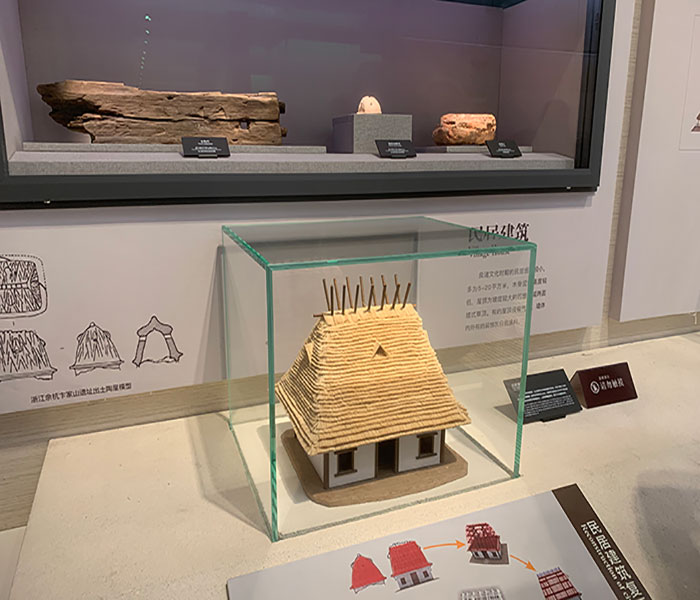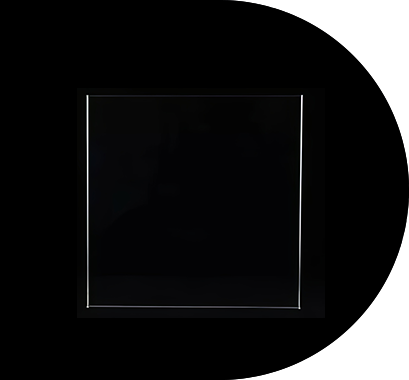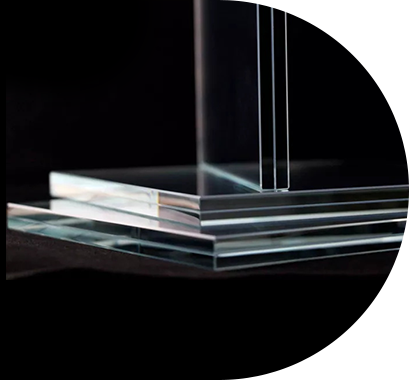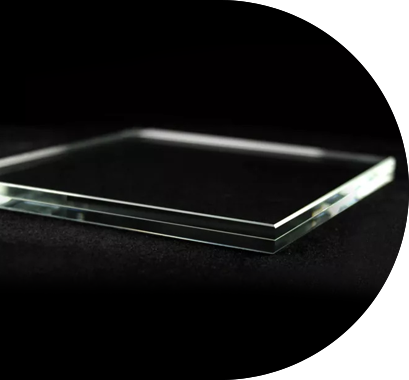Glass is one of the most widely used materials in modern life, serving in everything from architectural windows to electronic displays and precision optical instruments. While its transparency is essential, ordinary glass has an inherent limitation: it reflects a portion of incoming light. This reflection can cause glare, reduce visibility, and hinder the performance of devices that rely on the passage of light. Anti-reflective (AR) glass coatings were developed to solve this problem. Their working principle is based on advanced optical science, specifically the concept of thin-film interference, which enables engineers to manipulate how light behaves when it encounters the surface of glass.
Light Reflection and the Problem It Creates
When light passes from one medium into another—such as from air into glass—part of the light is transmitted, and part is reflected. This occurs because air and glass have different refractive indices, a measure of how much they bend light. Standard clear glass reflects approximately 4% of light at each surface, meaning that in a pane of glass with two surfaces, around 8% of visible light may be lost to reflection. While this might seem minor, the consequences can be significant.
For architectural glass, reflections create glare that makes it difficult to see clearly through windows. For electronic displays such as smartphones, tablets, and televisions, surface reflections reduce contrast and make screens difficult to read in bright environments. In optical systems like microscopes, telescopes, and camera lenses, reflections scatter light and lower image quality. Even solar panels experience reduced efficiency because part of the incoming sunlight bounces off the protective glass instead of being absorbed by the photovoltaic cells. Anti-reflective coatings were introduced to address these challenges by reducing surface reflections and enhancing light transmission.
The Physics of Thin-Film Interference
The working principle of anti-reflective coatings is rooted in optical interference, a phenomenon that occurs when two or more light waves overlap. Depending on their phase relationship, the overlapping waves can either amplify each other (constructive interference) or cancel each other out (destructive interference).
An AR coating is formed by depositing one or more thin layers of transparent material onto the surface of glass. These layers are carefully engineered to have specific refractive indices and thicknesses, often a fraction of the wavelength of visible light. When light strikes the coated surface, part of it reflects off the outer surface of the coating, and another portion reflects off the boundary between the coating and the underlying glass. By adjusting the coating thickness to approximately one-quarter of the wavelength of light, the two reflected waves are made to be out of phase. When they overlap, they interfere destructively, canceling each other out and reducing the total reflection.
This effect significantly lowers the amount of light lost to reflection. In single-layer AR coatings, the reduction is optimized for a specific wavelength—commonly around the middle of the visible spectrum (green light)—which provides noticeable improvement but does not cover the entire range of human vision. To achieve broader performance, engineers employ multi-layer coatings. By stacking several layers of materials with different refractive indices and thicknesses, multi-layer AR coatings suppress reflections across a wider range of wavelengths, allowing light transmission rates of over 98%.

Materials Used in Anti-Reflective Coatings
The effectiveness of AR glass depends heavily on the choice of coating materials. Traditional single-layer coatings often use magnesium fluoride (MgF₂) because of its low refractive index and durability. In multi-layer coatings, combinations of materials such as silicon dioxide (SiO₂), titanium dioxide (TiO₂), and other advanced dielectric compounds are used. These materials are selected not only for their optical properties but also for their mechanical strength, resistance to scratching, and environmental stability.
Modern coating techniques, such as physical vapor deposition (PVD) or chemical vapor deposition (CVD), allow for precise control over layer thickness at the nanometer scale. This precision ensures that interference effects occur exactly as intended, leading to consistent performance in demanding applications.
Benefits of Anti-Reflective Glass
The primary advantage of AR coatings is improved light transmission. Standard glass typically transmits around 92% of visible light, while AR-coated glass can exceed 98%. This seemingly small difference has a major impact in real-world use.
- Improved visibility and contrast: In displays and screens, AR coatings reduce glare, making images sharper and easier to view under bright light conditions.
- Enhanced optical performance: Cameras, microscopes, and telescopes benefit from higher clarity, better contrast, and more accurate color rendition when lens elements are AR-coated.
- Energy efficiency in solar panels: By allowing more sunlight to pass through to the photovoltaic cells, AR-coated glass increases the overall energy output of solar systems.
- Comfort in architectural applications: Windows with AR coatings provide clearer views, reduce eye strain, and create more visually comfortable environments.
Durability and Practical Considerations
One challenge with AR coatings is ensuring that they remain durable under real-world conditions. Exposure to UV radiation, humidity, dust, and physical abrasion can degrade performance over time. High-quality coatings are designed to resist these factors, with multi-layer dielectric coatings often providing excellent long-term stability. Manufacturers also design AR-coated glass to be compatible with regular cleaning, though special care may still be required to avoid scratches.
Conclusion
The working principle of anti-reflective glass coatings lies in the precise control of light through thin-film interference. By depositing ultra-thin layers of materials with carefully chosen optical properties, engineers create coatings that cause destructive interference between reflected light waves, dramatically reducing reflection and allowing more light to pass through the glass. This seemingly simple concept has profound implications across multiple industries, from electronics and optics to architecture and renewable energy.
By addressing the problem of glare and reflection, AR coatings transform ordinary glass into a high-performance material that improves clarity, enhances efficiency, and expands the range of applications where glass can be used. Whether in the lens of a camera, the screen of a smartphone, or the surface of a solar panel, the principle of anti-reflective coatings demonstrates how science and engineering can refine one of the most common materials into something far more powerful and effective.






